Antiquarian Horological Society’s Turret Clock Group Tour
24th March 2023 – Vale of Glamorgan Tour
“We had a great time on our AHS tour around the Vale of Glamorgan; each site had a unique story to tell and the clocks (some of which we service) were all different and unique. The group who attended were very knowledgeable and provided us with a plethora of tales of their many years of working with clocks of all different types.
Chris McKay gave us a wonderful talk regarding his latest book which explained the history and his work on the cage clock at a school he used to lecture at; In addition to this he gave a great talk regarding the E Dent clock (1870) at Cardiff castle in which he informed us of the history of E Dent and the workings of the clock. Things like this added to the atmosphere of the tour; Martin and I came away with the wealth of knowledge which is something that is common within our line of work. You are always learning.” – Jack Biggin
With thanks to Andy Burden, Keith Scobie-Youngs and the AHS for organising the tour. Here below are a few highlights from the tour, with photos taken by Martin and Jack our representatives on the day, and details provided by the AHS.
Hensol Castle, Miskin
1845 Two-train B.L. Vulliamy deadbeat plate-and-spacer. Restored by Les Kirk who will be hosting this visit.
In 1838 Rowland Fothergill bought the estate. Fothergill introduced a large courtyard, a clock tower and a flag tower during his ownership. He also drained the lake to add a mock castle “Summer House” only accessible by rowing boat. Fothergill also employed T.H. Wyatt and David Brandon to help remodel Hensol Castle. The castle subsequently spent many years as a psychiatric hospital before being redeveloped for leisure, as part of the Vale Resort.
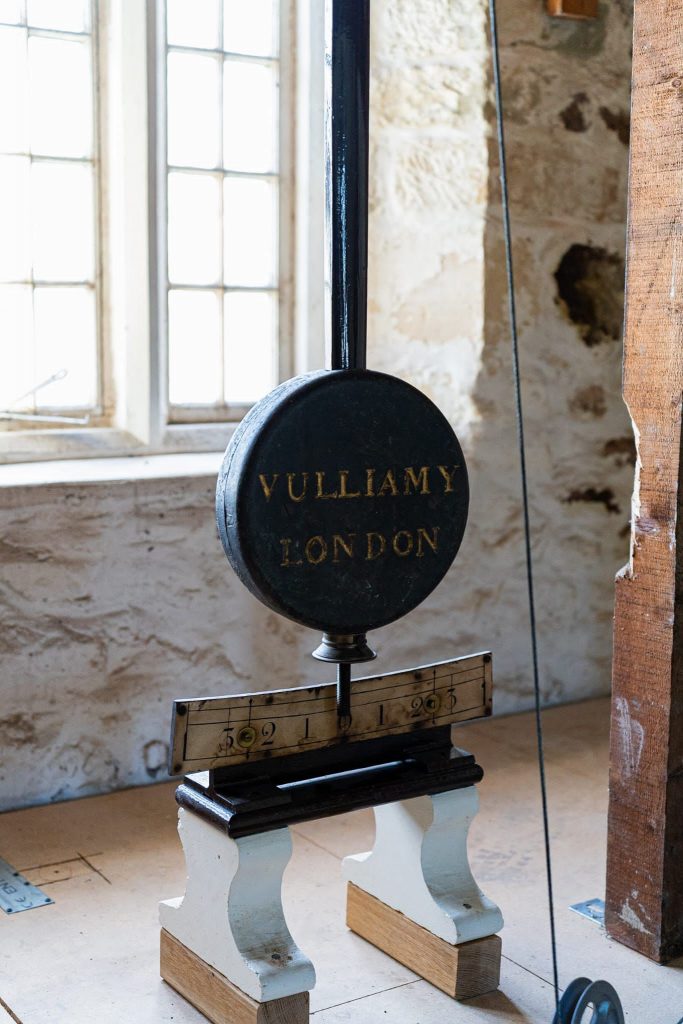
_____
St David’s Church High Street, Laleston
1910 Three-train Smith of Derby pinwheel flatbed.
The parish is situated on the outskirts of the market town of Bridgend on the edge of the Vale of Glamorgan. The parish serves the communities of Laleston, Bryntirion, parts of Llangewydd Court, and the new development of Broadlands. It has been a centre of Christian worship since 1173 when there is a record of it described as a chapel belonging to Tewkesbury Abbey. However two Christian headstones of the 11th-12th century have been found in the parish, and this together with the raised previously circular churchyard, suggest a pre-Norman date for the church is more correct.
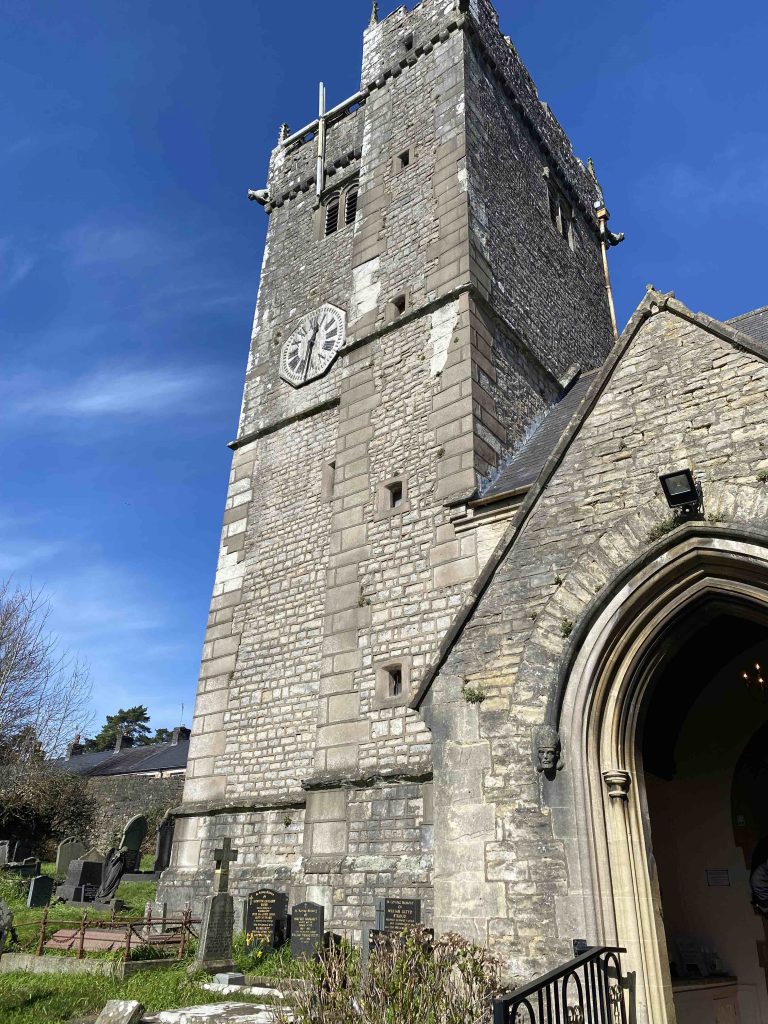
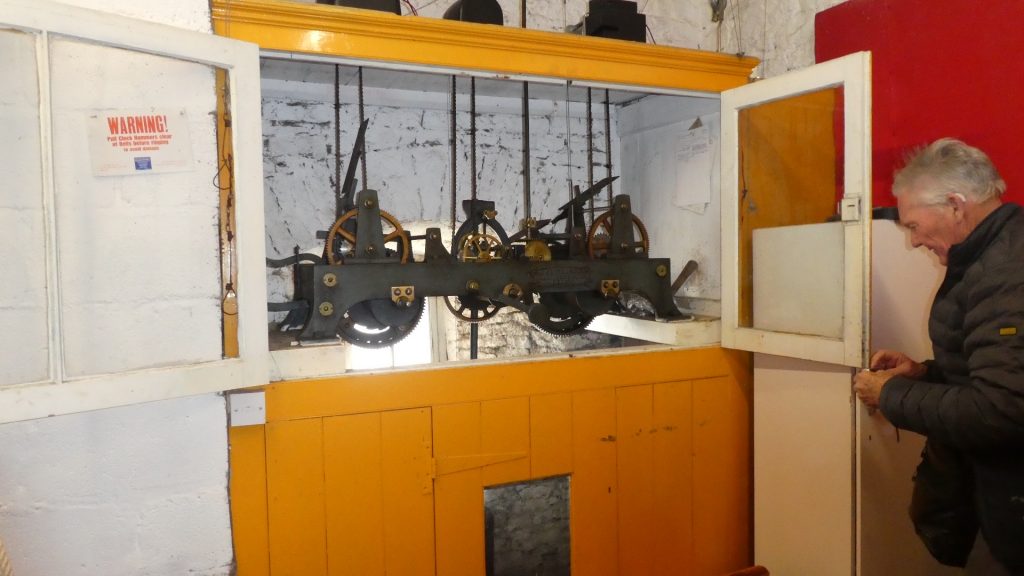
______
Cardiff Castle Castle Street
1870 two-train Dent gravity flatbed.
Cardiff Castle has a long history beginning with the original Roman fortress on the site with some Roman stonework discovered during excavations in the 1920s. This is visible from outside the castle at the base of the main walls and is outlined with a course of pink sandstone. The keep dates from the Norman period, and the entrance hall to the house is part of a Georgian development. It was in the third quarter of the 19th century that the Third Marquis of Bute acquired the castle. He enthusiastically redeveloped the apartments with his architect William Burgess, who had been a pupil of A.W.N. Pugin. Between them, Bute and Burgess transformed the interior into a lavish and palatial home, embodying styles from all around the world, and with animal imagery everywhere. The building was fronted by a wall topped with sculptures of animals until road widening in the 1920s. It was dismantled and re- erected further west and the number of animals doubled. It can be seen approaching Cardiff Bridge just beyond the foot of the clock tower.
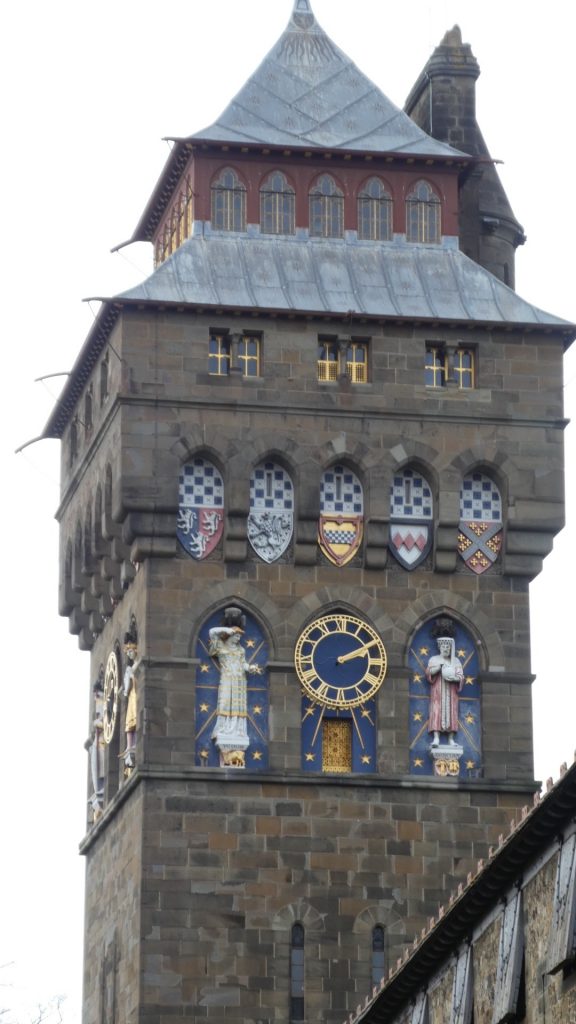
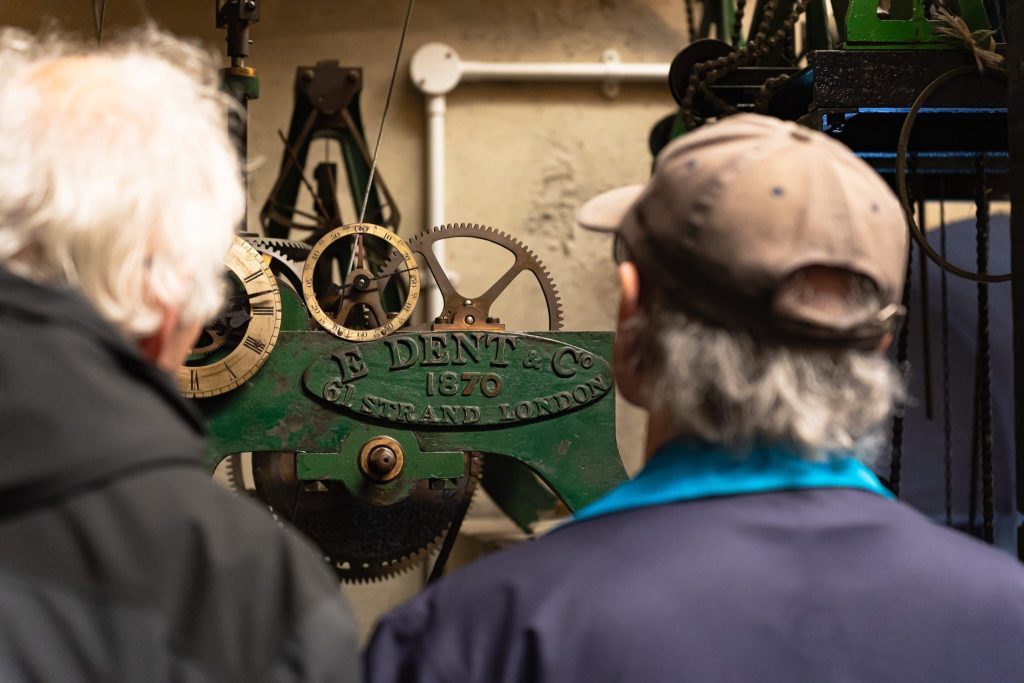
_____